In my day—you know, Neanderthal times—we were such lousy drivers our cars needed bumpers. Many cars don’t have them today, and those that do, have them for decorative or nostalgic reasons. Conclusion: Modern drivers are so good they don’t need bumpers.
In fairness to my generation, I should note that when our cars lightly collided, we merely dented bumpers, sort of consummating the cars. When a modern man’s car bumps another, it costs him a thousand dollars in body work and also “bumps” the poor guy’s insurance rate.
Back in the good ol’ days, we used bumpers for parallel parking. First, we’d tap the bumper of the car in back. Okay, maybe not “tap,” more like “bump”—that’s why they’re called “bumpers.” (Fenders are so named because we used them to fend off vehicles crowding our lane. Automobile driving in my day demanded a certain aggressiveness.)
To continue parallel parking, we’d edge forward until we tapped the bumper of the car in front; then we’d back up and tap the car behind again. Similar tap-tap-tapping would ensue until the car was perfectly lined up. I don’t know how modern drivers manage to parallel-park … maybe using radar. (Well, this is embarrassing—I just learned that some cars now park themselves, using a form of radar.)
Unlike today’s world, where automobile companies standardize everything, your old-time vehicle’s bumper might not align with the other car’s bumper. In that case, you might lock the two bumpers together, bringing about one of two outcomes. First outcome: You’d stand on a bumper and jump up and down until your car was freed or you barked your shin. Second outcome: If you were a teensy bit inattentive, you’d end up being the first two-car family on your block.
Bumpers weren’t merely for parallel parking. If a fellow driver had trouble starting his car, you’d greet him bumper-to-bumper and push his vehicle until its engine “cried uncle” and fired up. That was the theory, anyway.
In practice, the other driver—the jerk—would stall his engine right after it started. Naturally, his vehicle balked just after rolling away, whereas yours would blithely charge ahead, sadistically whacking his car, giving both of you a dandy whiplash. His car would be propelled forward by the collision, arousing yours to gleefully run up and whack him again. This cycle, more a pogo stick, would continue until you settled down to business and his car started for good. As he drove away, he’d give a friendly wave, or was it the finger?
Sometimes, his engine wouldn’t fire, and you’d push him all the way to a filling station. Any filling station would do. They all had a mechanic on duty, usually the owner. He was always called “Mack.” Don’t know why that is; maybe it was in his franchise agreement. Anyway, Mack could repair any car, could probably make the damn thing fly.
Filling stations in those days weren’t supermarkets, like today. If you wanted a bite to eat while waiting for a repair, a grubby vending machine would dump stale, salted peanuts in your hand at the cost of a penny.
Gas stations weren’t expected to feed consumers. They were there to serve vehicles. In fact, some insisted on calling themselves “service stations.” Advertisements would portray them spic-and-span, always manned by eager, clean-cut gentlemen in sparkling white uniforms. Every major magazine carried ads like that, sometimes, full-page spreads. No gas station ever lived up to that image, but it was a nice fantasy.
Competition was fierce in the service station business, unlike today, where you have to make a reservation. You’d often find gas stations on all four corners of a busy intersection.
Some stations ran promotions to inspire loyalty. A popular incentive was giving away dishware, a different item each week. Over time, customers could accumulate a full set of China for eight. Ladies might drive extra miles, burning fuel unnecessarily, just to qualify for that final item of a set, perhaps a meat platter or gravy boat.
(Isn’t that an odd name: gravy “boat”? The thing is hardly seaworthy. Not even puddle-worthy.)
When you pulled into a filling station, Mack would come trotting up wiping his greasy hands on a rag, the same rag he used to clean your windshield. You didn’t have to ask; windshield cleaning was expected. You’d say, “Fill er up, Mack,” and he’d start the pump and clean your windshield.
No civilian would pump gas. That job was for experts. While his pump dispensed fuel, Mack would open the hood and check your oil. He didn’t want to appear idle, I guess.
This all happened before fuel-mileage standards were enacted, and believe me, family sedans really guzzled gas, which accounts for needing so many service stations. Despite what I said about ladies cruising around to burn fuel, drivers were quite thrifty when it came to buying gasoline. After all, it cost 19.9 cents a gallon. Once in a while, a local gas station would undercut the competition by selling it for 19.4 cents a gallon. Talk about long lines at the pump!
Some clever guys would conserve fuel by killing their engines at the top of long, steep grades, coasting downhill in neutral. Vehicles could really build up a head of steam that way. Those guys aren’t around today.
Mack did more than pump gas, clean windshields, check oil, handle repairs, and perform maintenance. He was also expert at giving directions. Take for instance when you drove into a strange town on a foggy evening. You’d head for its first gas station and holler, “Hey Mack! How do I get to Defunctville?”
“Easy,” he’d yell back. “Go down this road until you come to a Y. Just before that, make a left turn on Fleebe Street.” Go a mile or two until you reach J Avenue, or is it R Road? Not sure. Doesn’t matter, can’t miss it. Takes you to Highway One. There’s a soda fountain on one corner, a fire hydrant on the other. Follow the highway straight to Defunctville. Oh! And avoid side streets. Some end on the rim of our quarry.”
It’s easy to see why road maps were popular in those days, although reading one took a talent for juggling, along with a knack for origami. Many a rear-ender was caused by a driver hidden behind a spread-out map, trying to locate that next turn.
Once you opened a roadmap, there was no way to re-fold it. Somehow, it managed to twist itself in knots. Drivers today don’t need such maps. They know where they’re going, thanks to GPS.
Automobiles have sure progressed, haven’t they? The trend continues, and we can confidently look forward to the day when we’ll enter our car saying, “Home, please,” and the vehicle will take us there automatically.
Say! Isn’t that what happened in my day … if you had a chauffeur?
Never miss a meeting or community event – keep an eye on the community calendar at https://www.thefallonpost.org/events/
If you like what we’re doing, please support our effort to provide local, independent news and contribute to The Fallon Post, your online news source for all things Fallon.
The Fallon Post -- 1951 W. Williams #385, Fallon, Nevada 89406


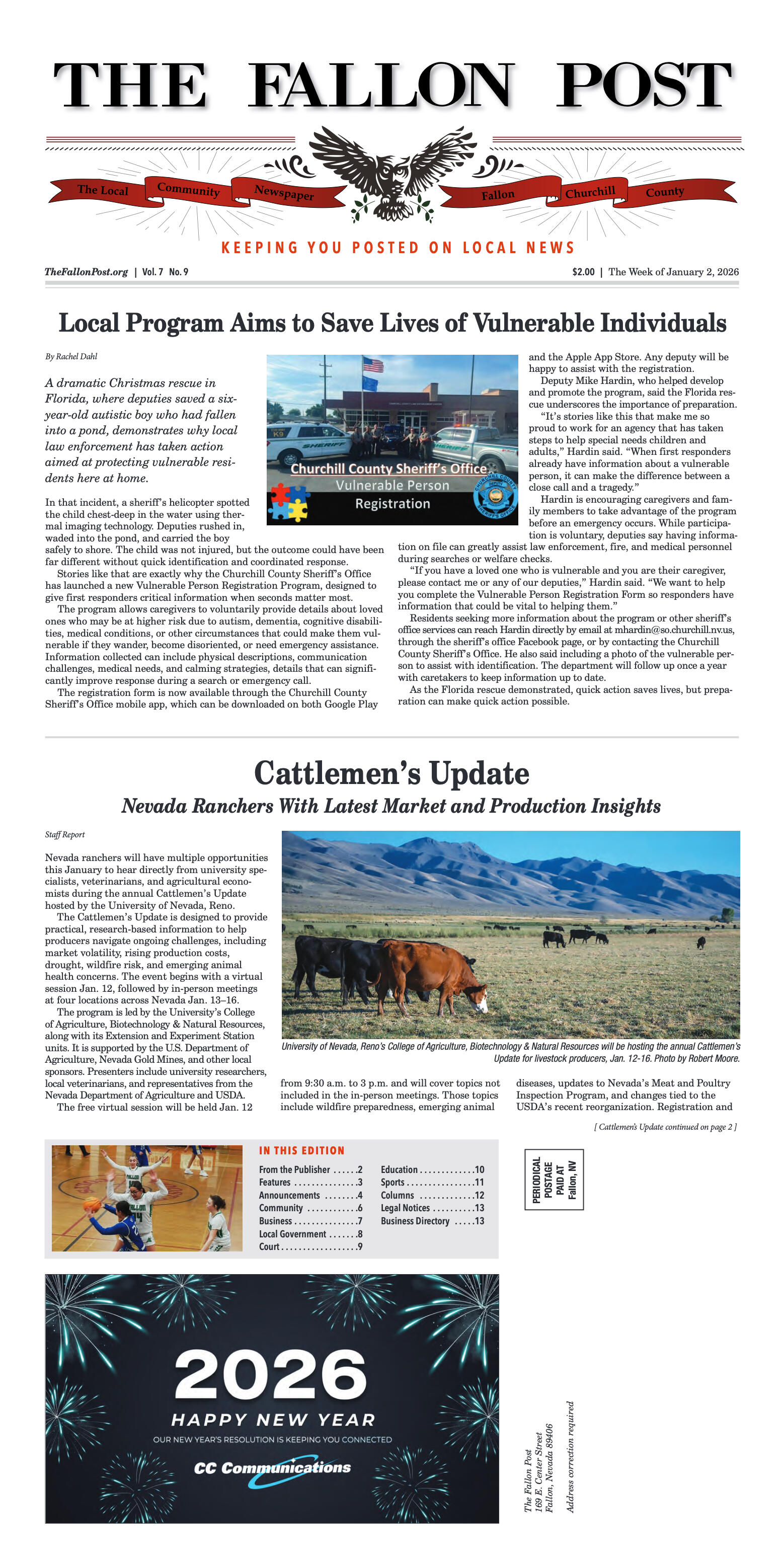
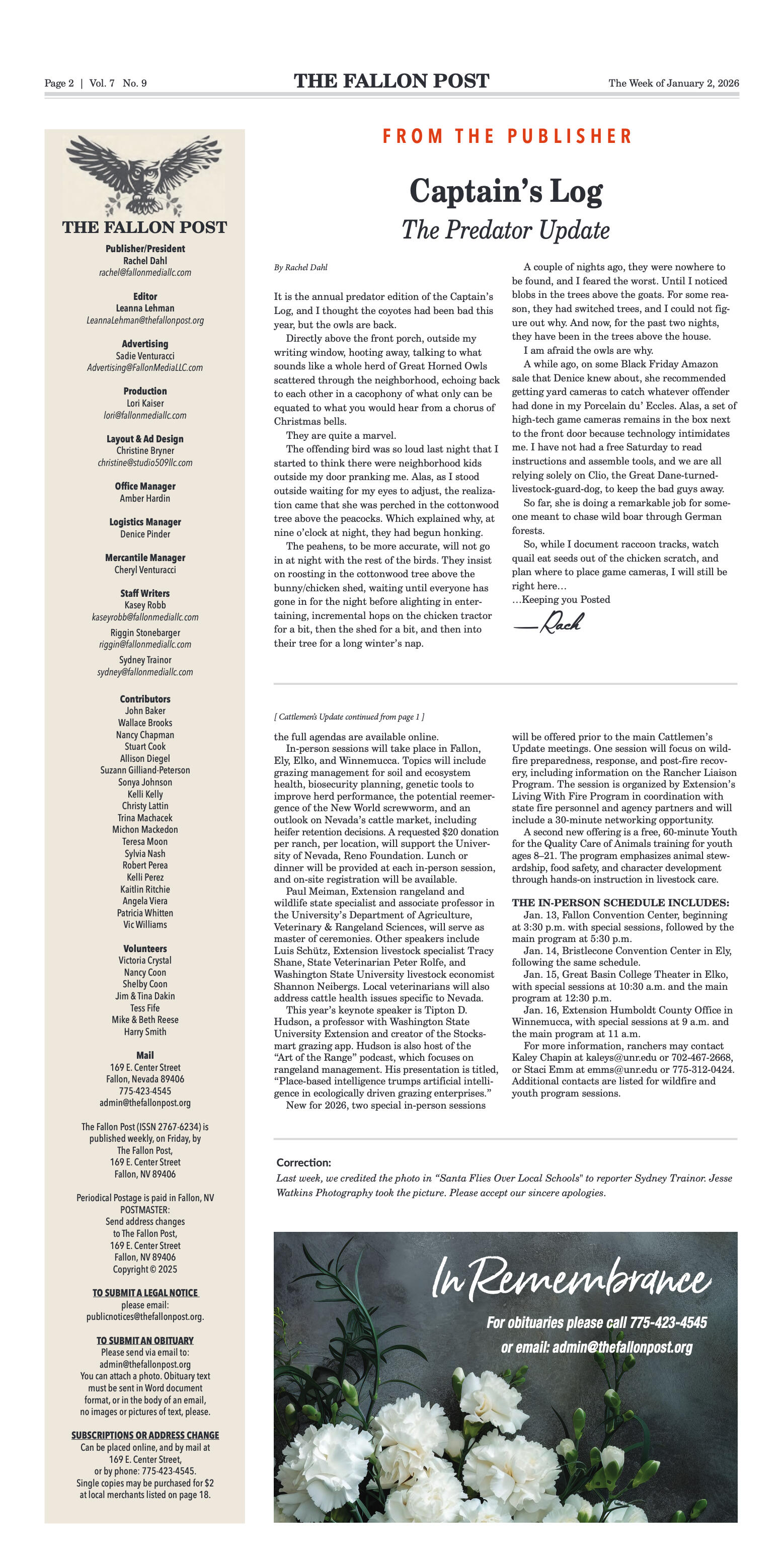
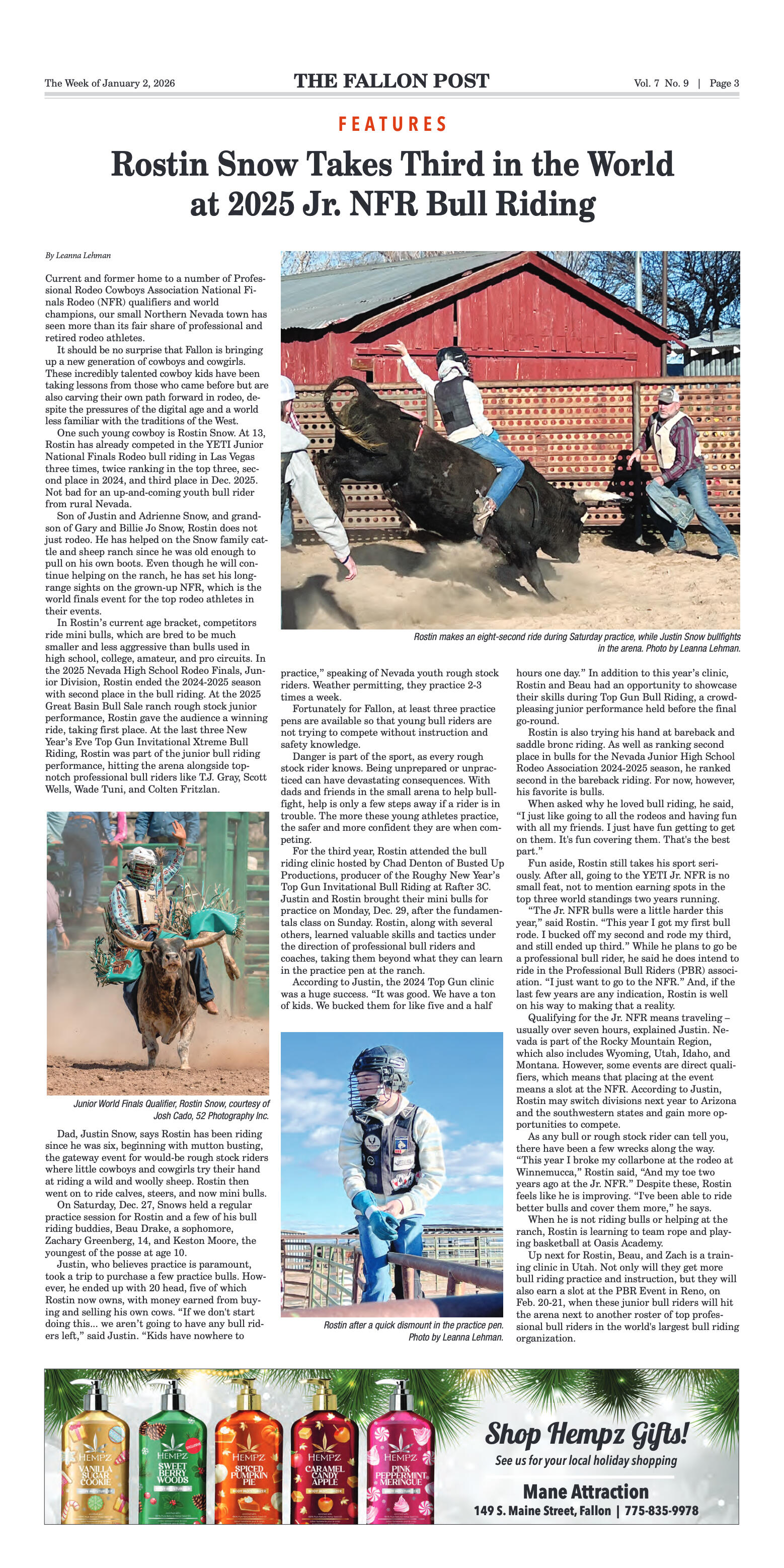
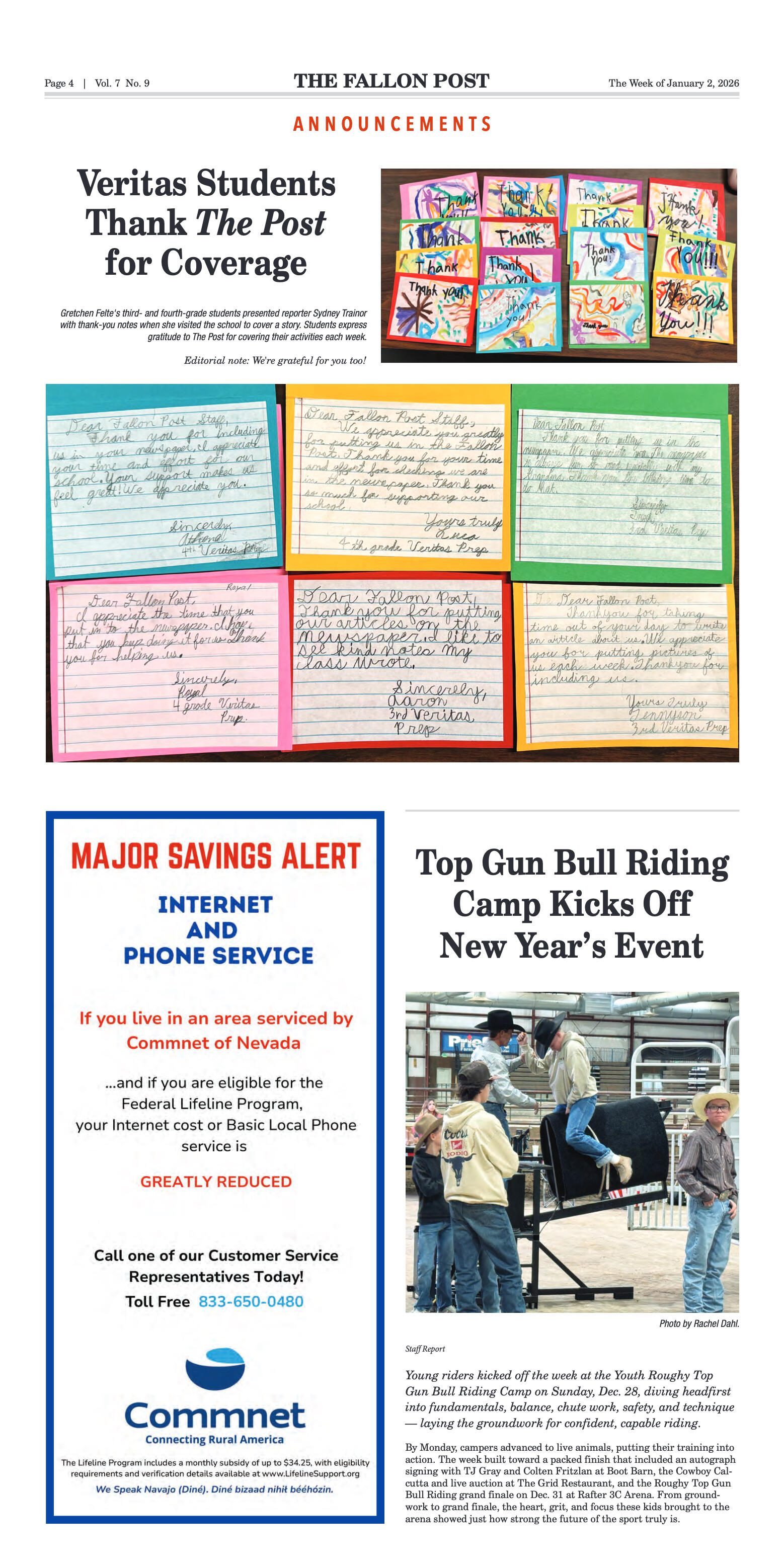
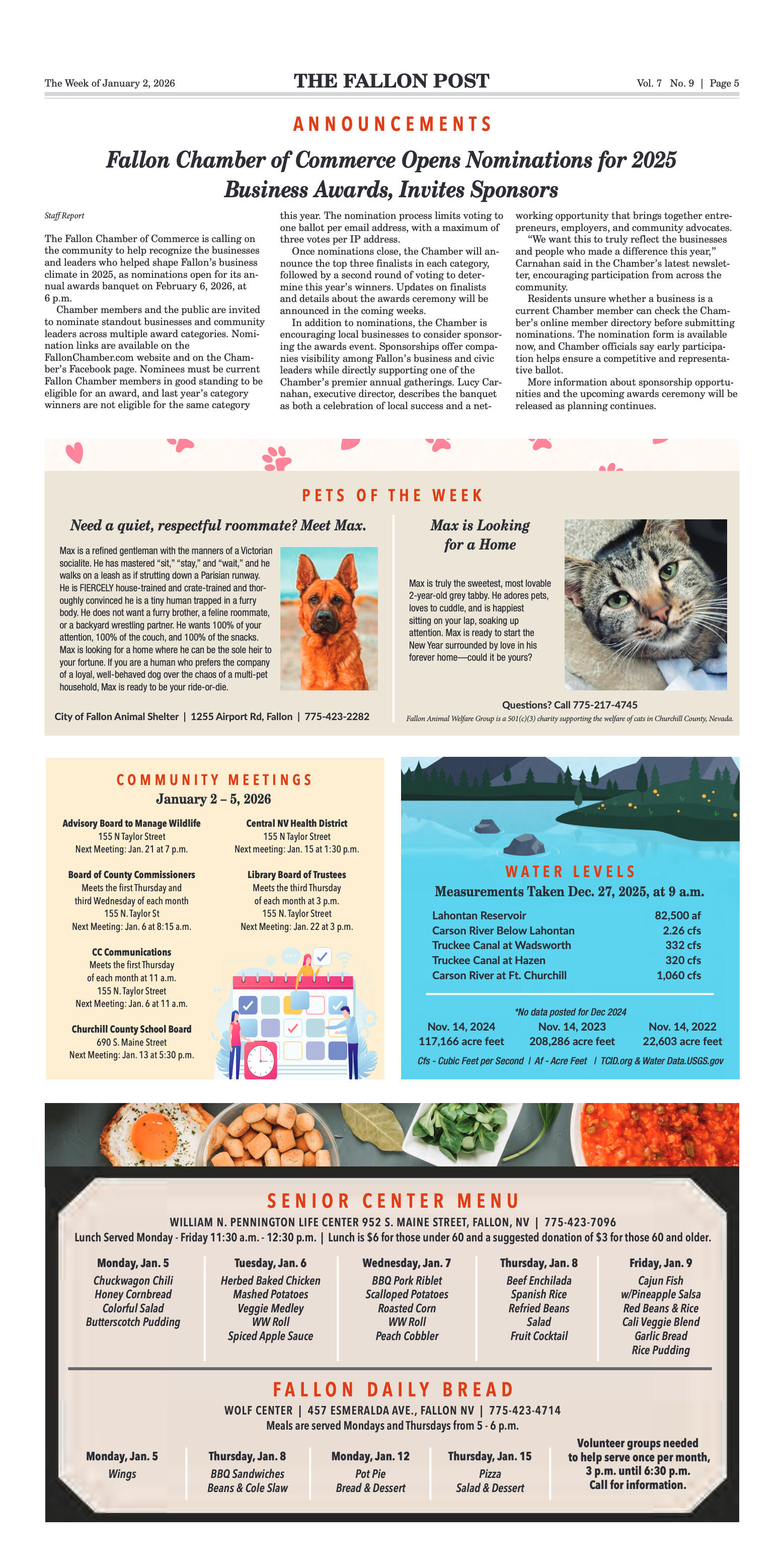
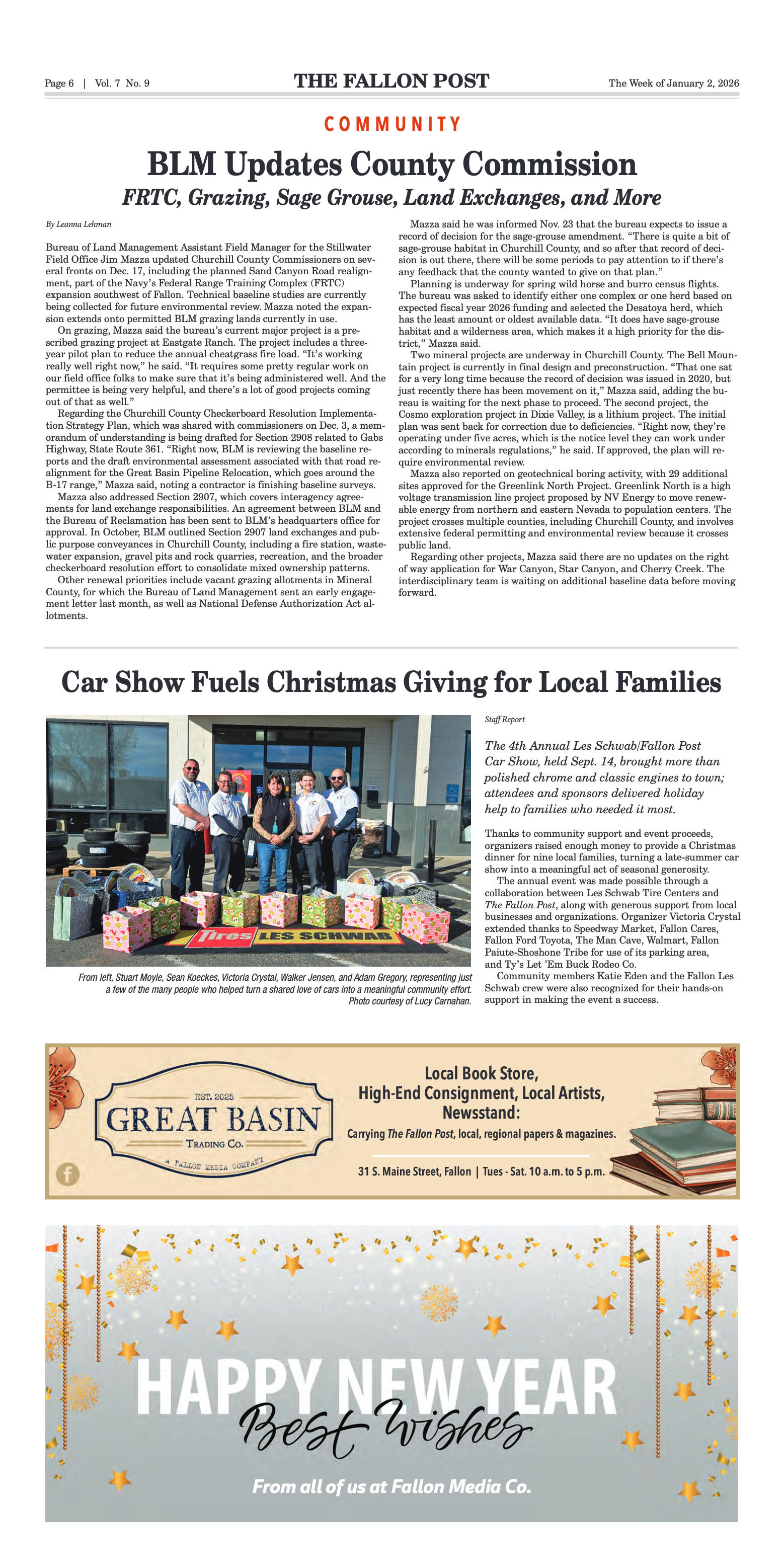
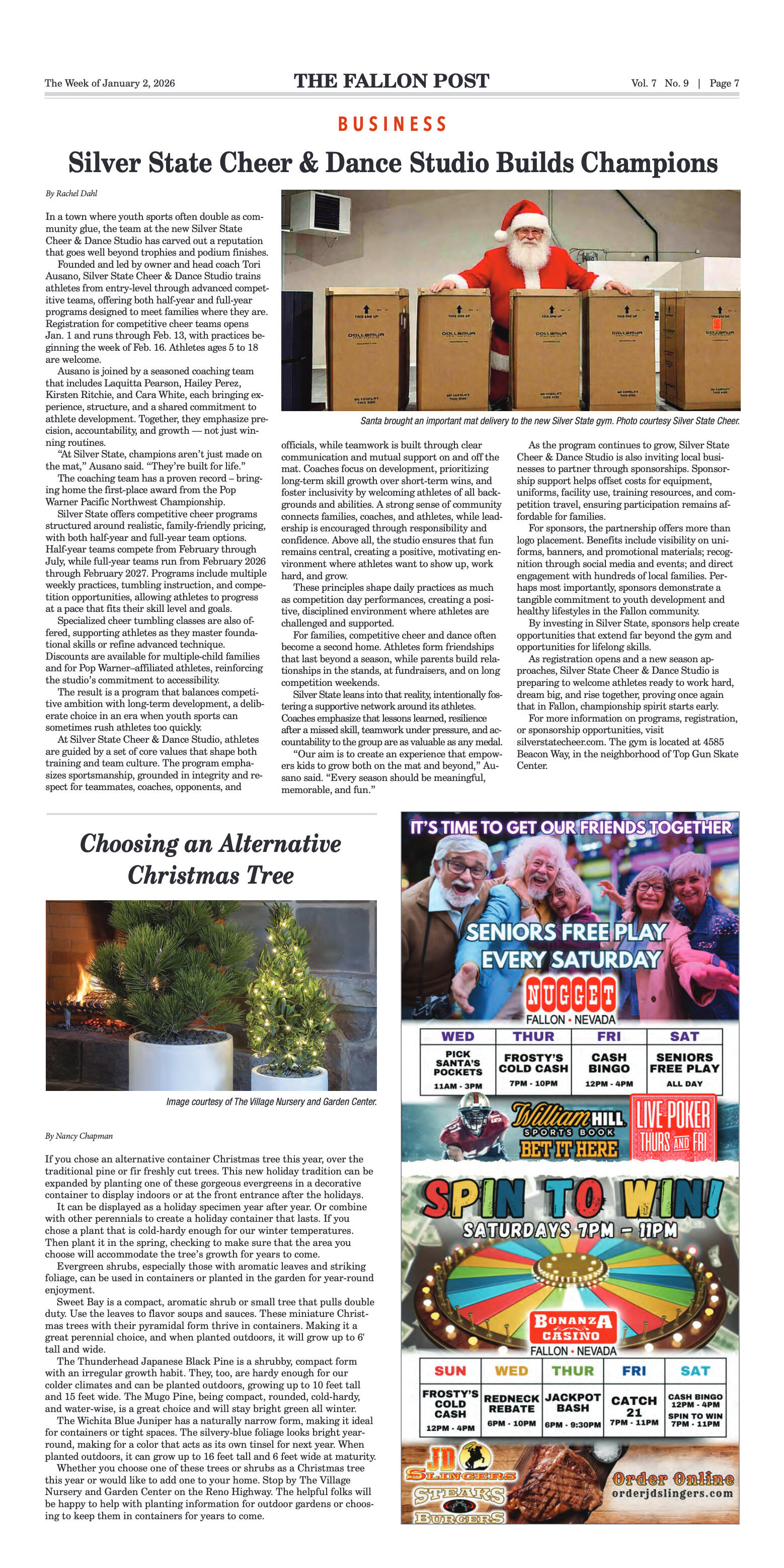
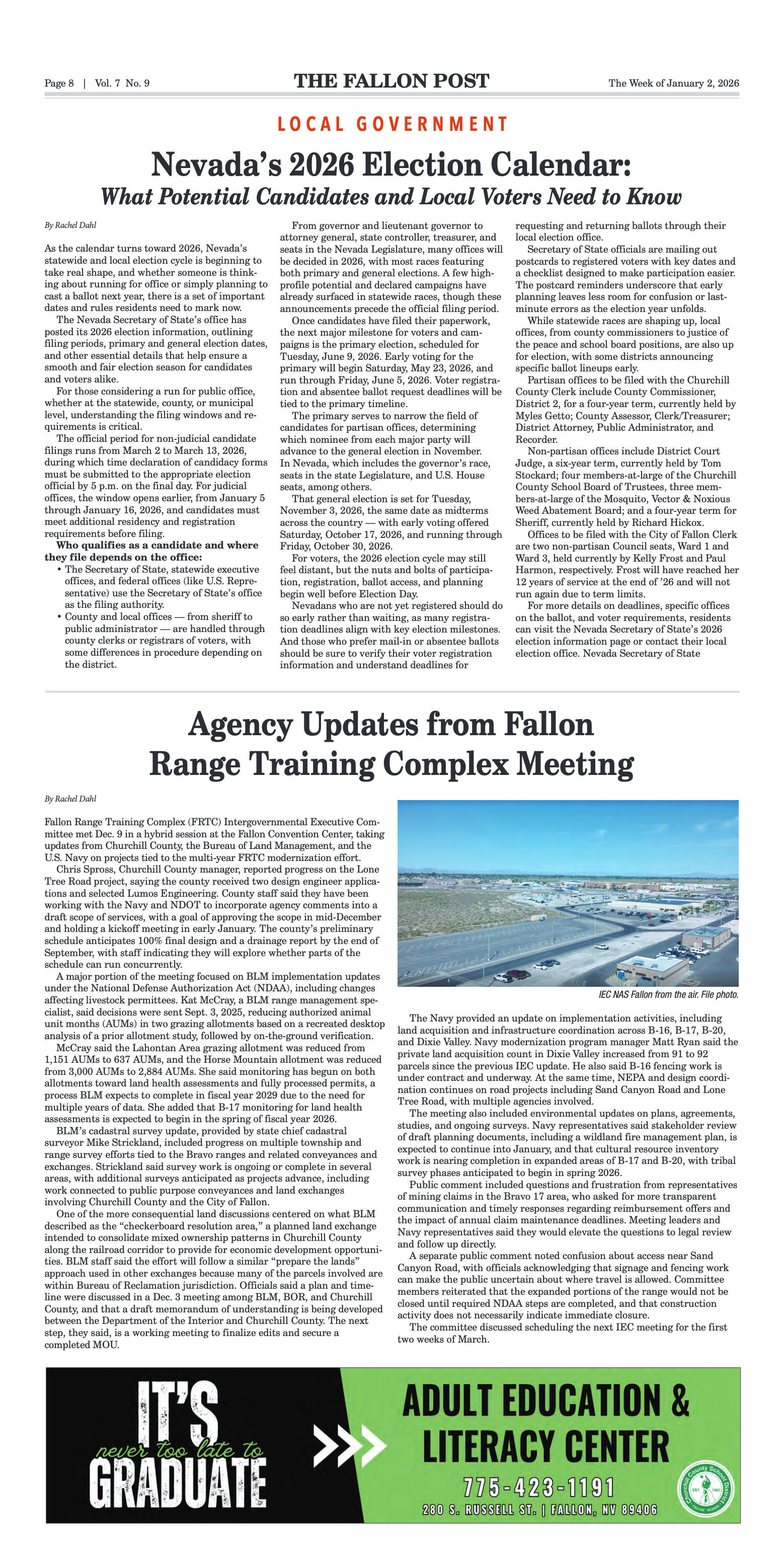
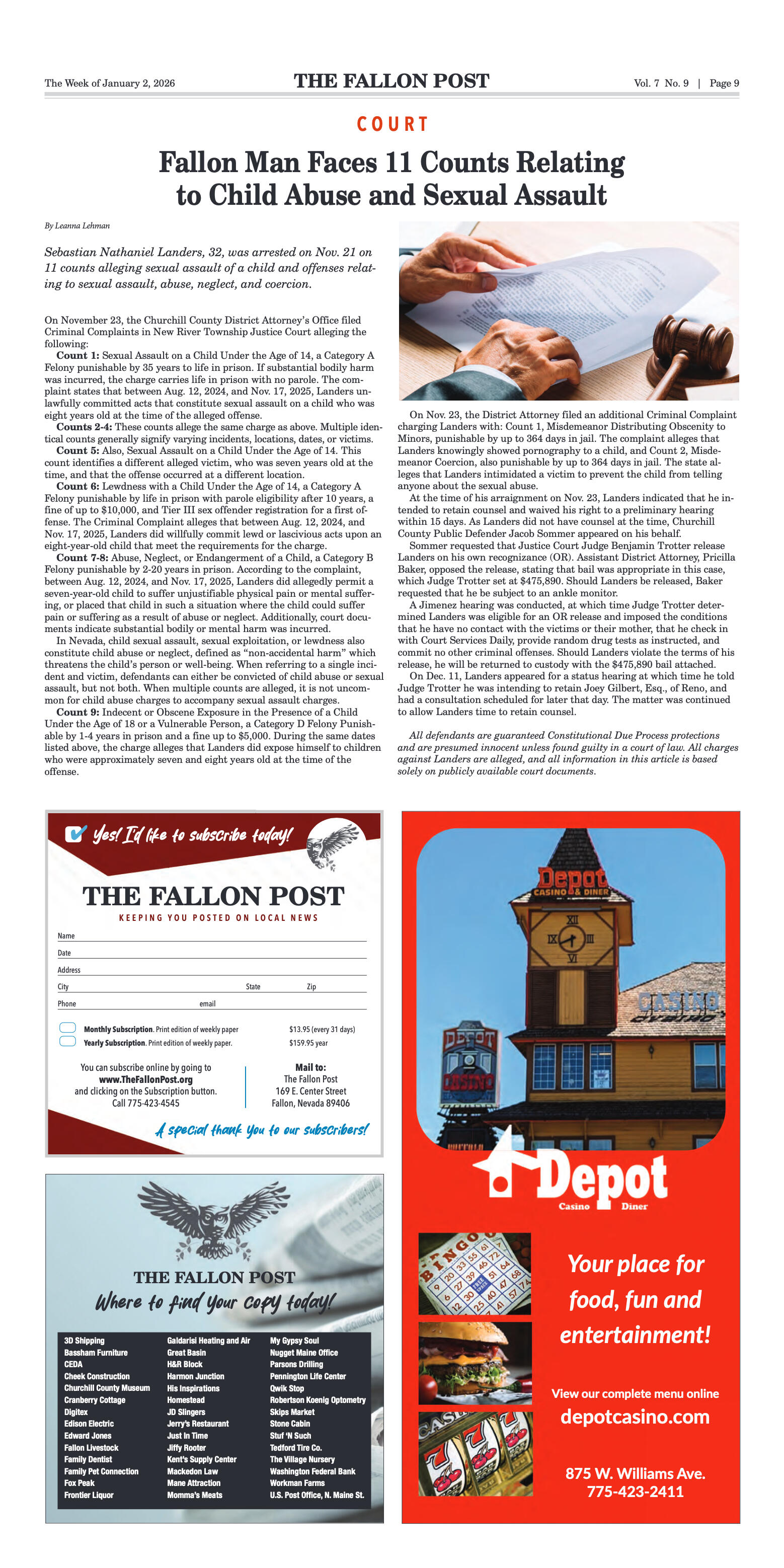
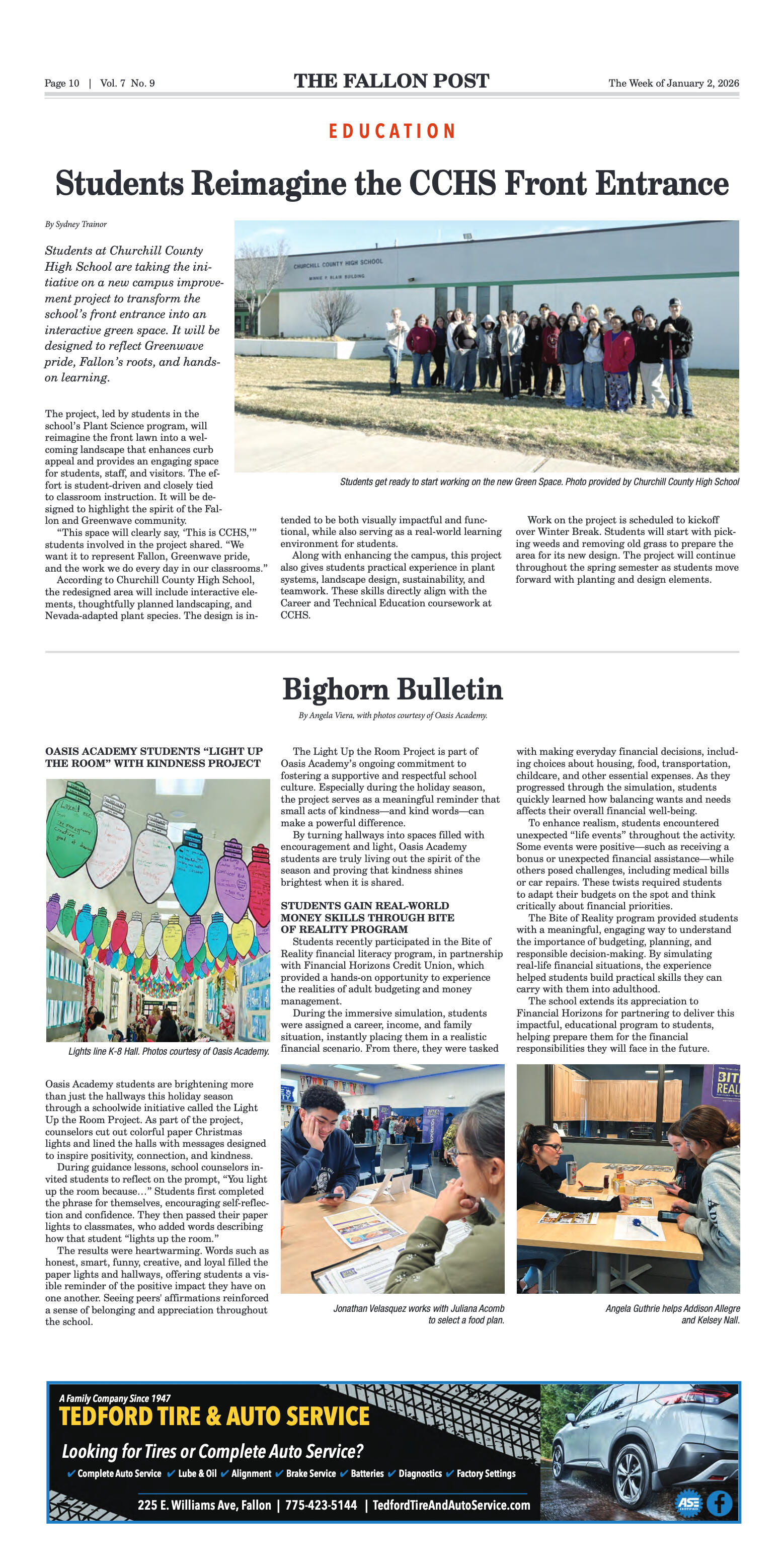
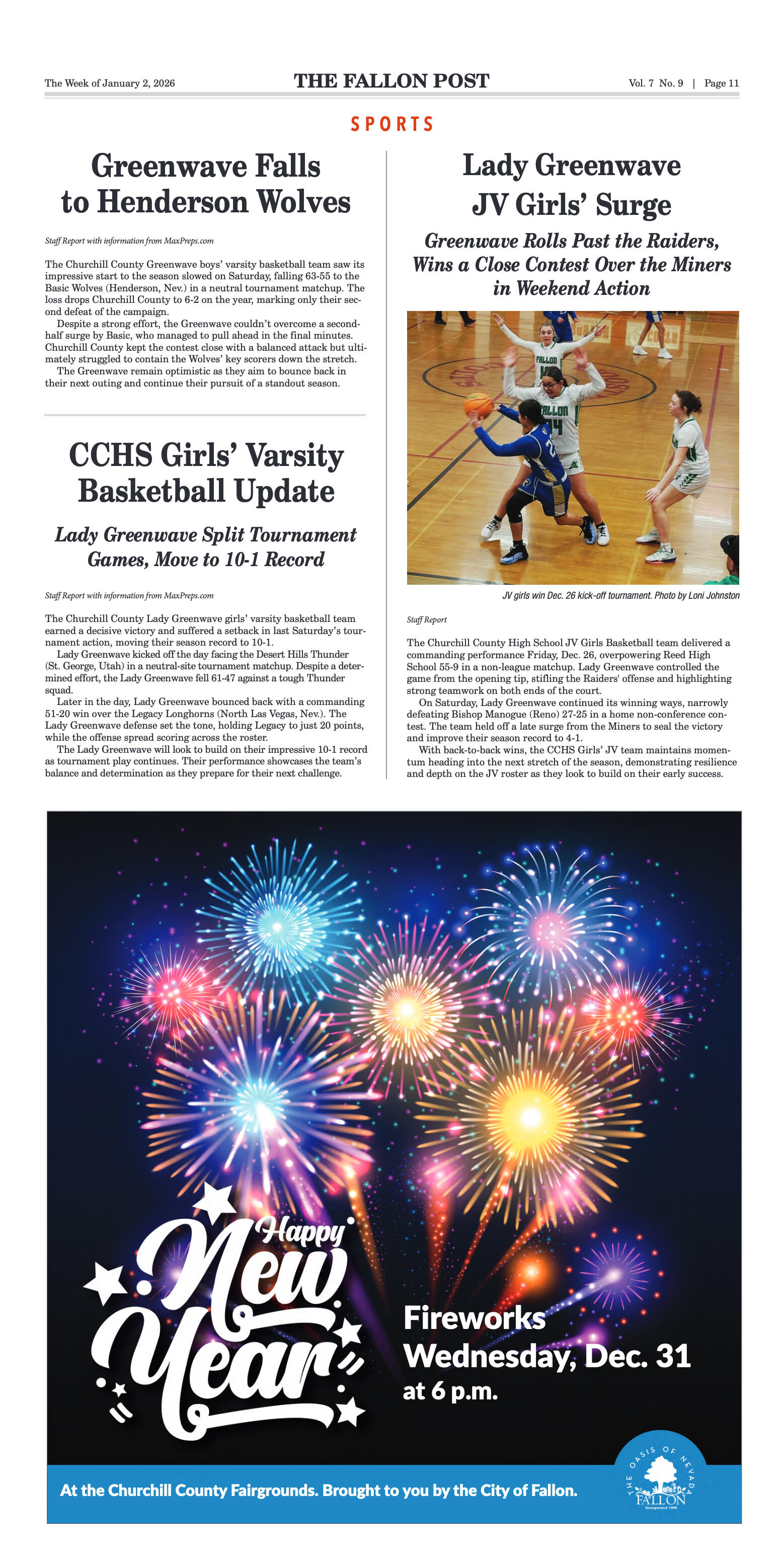
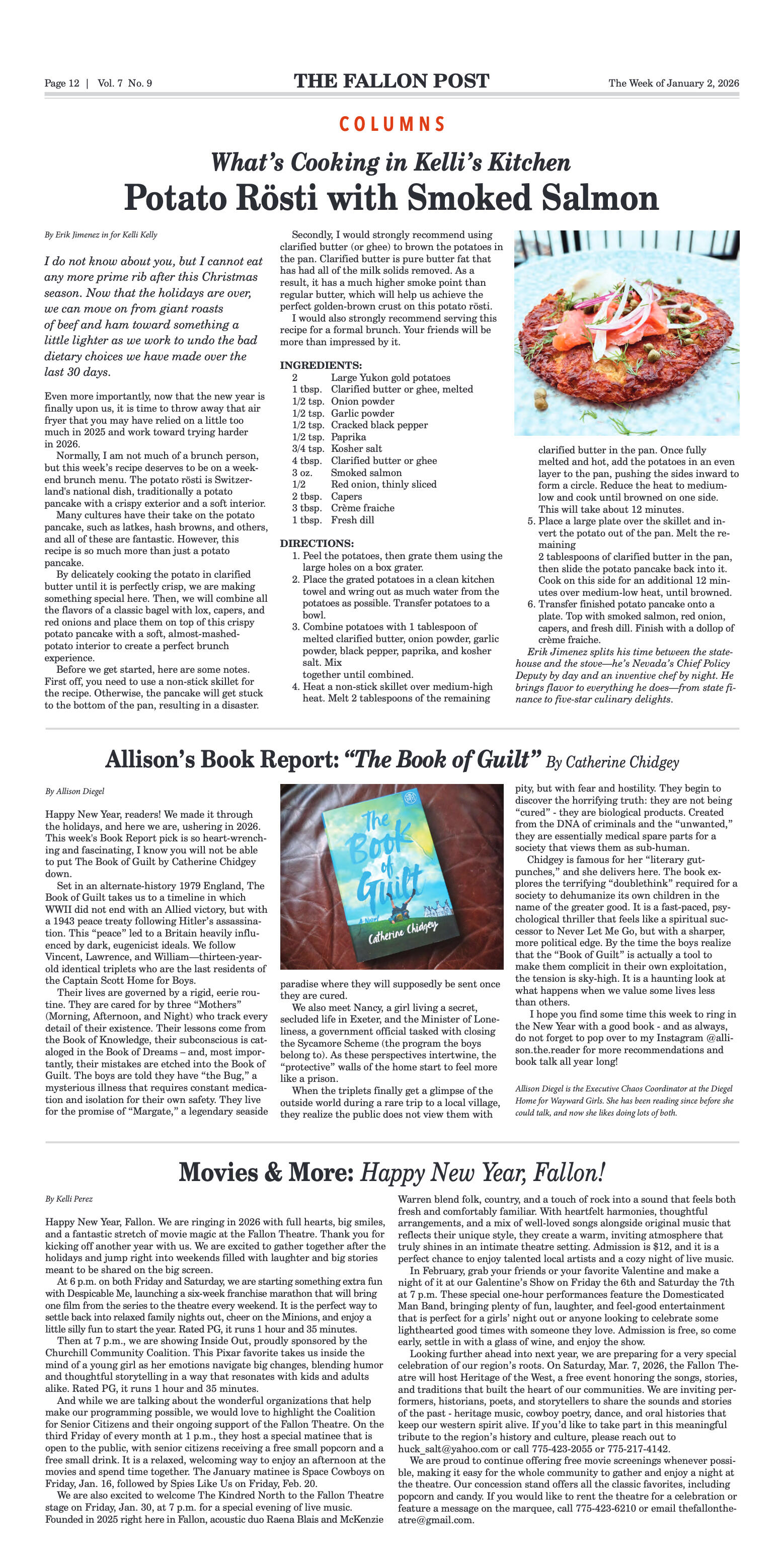
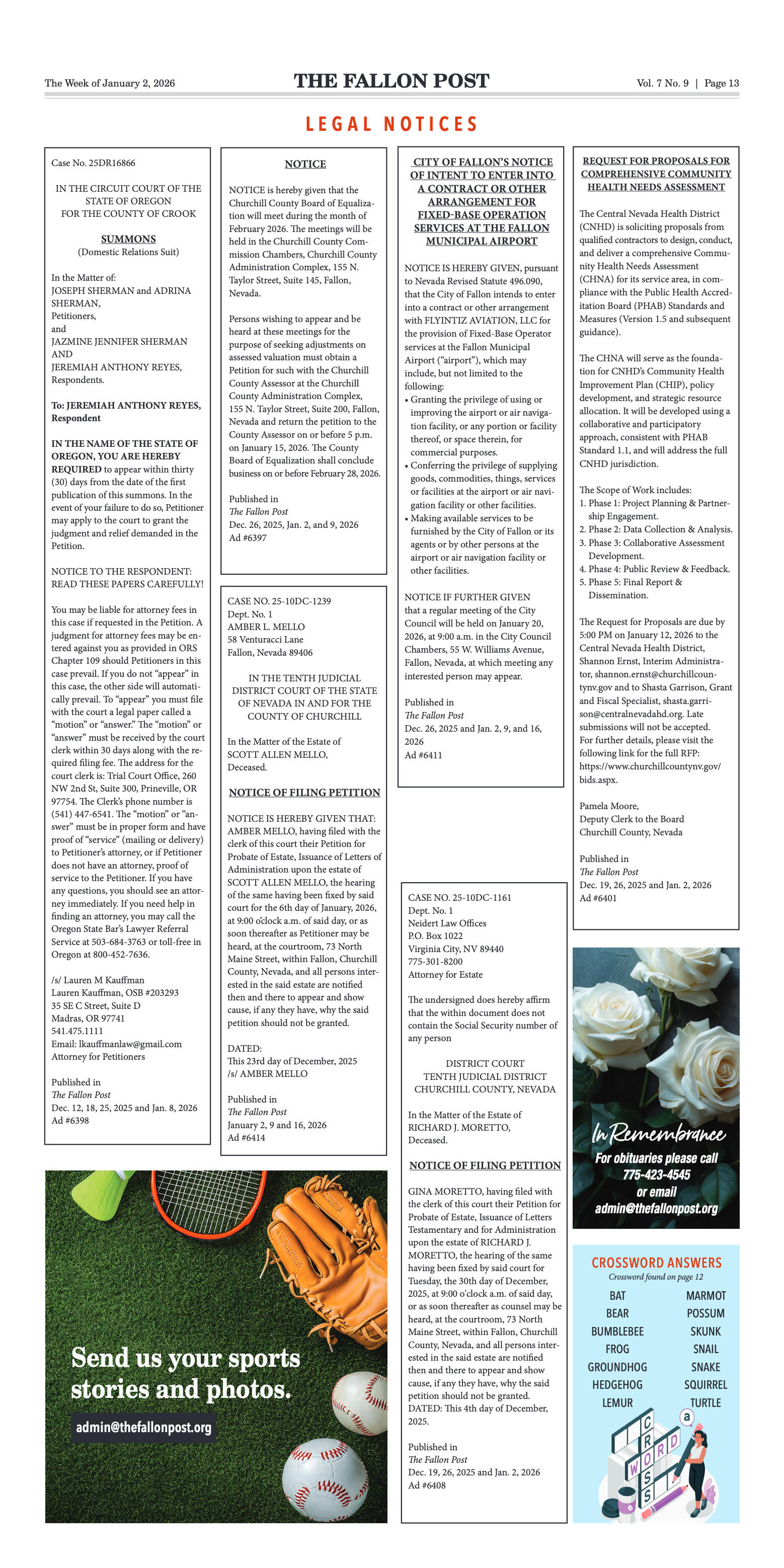
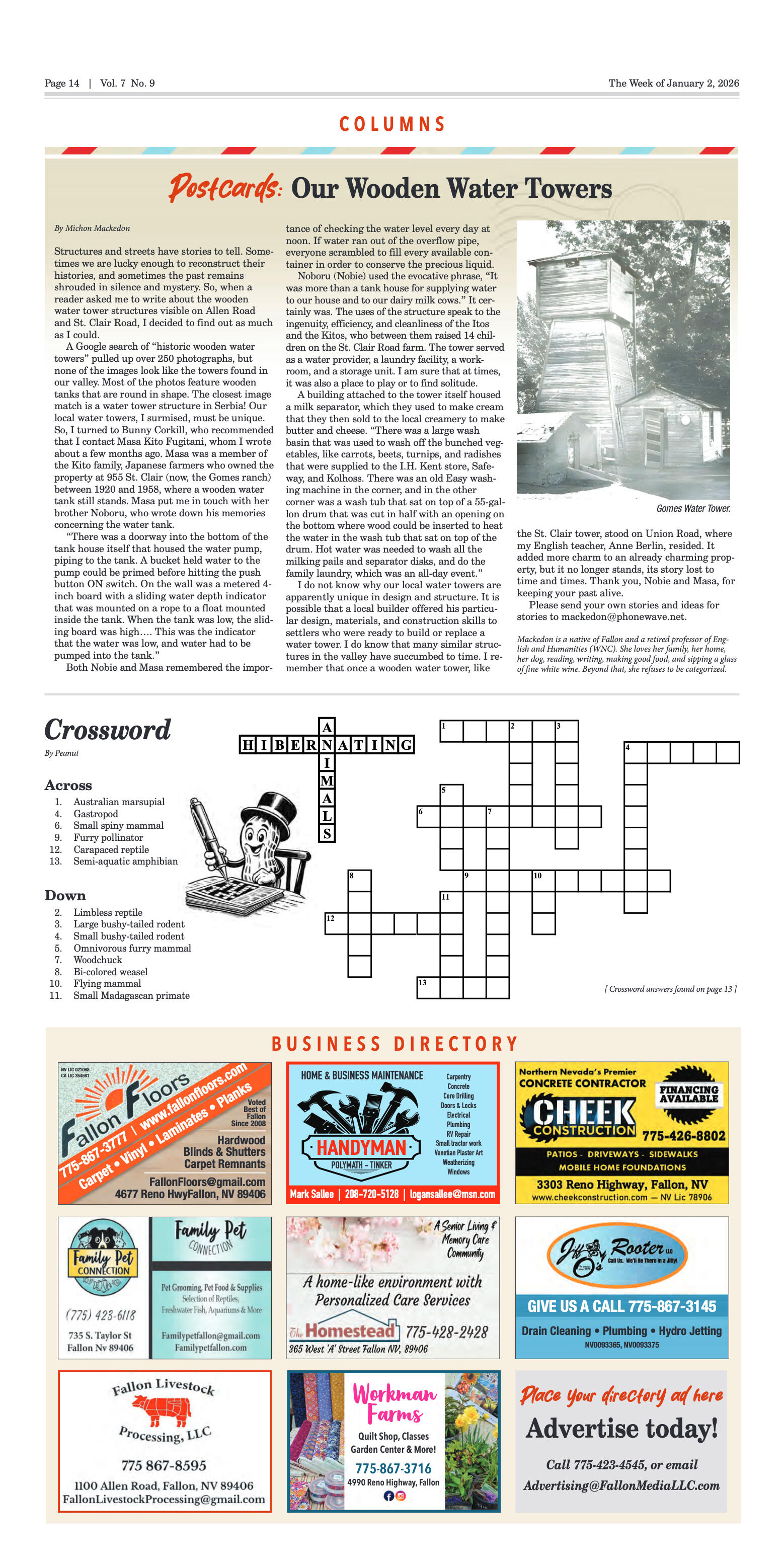
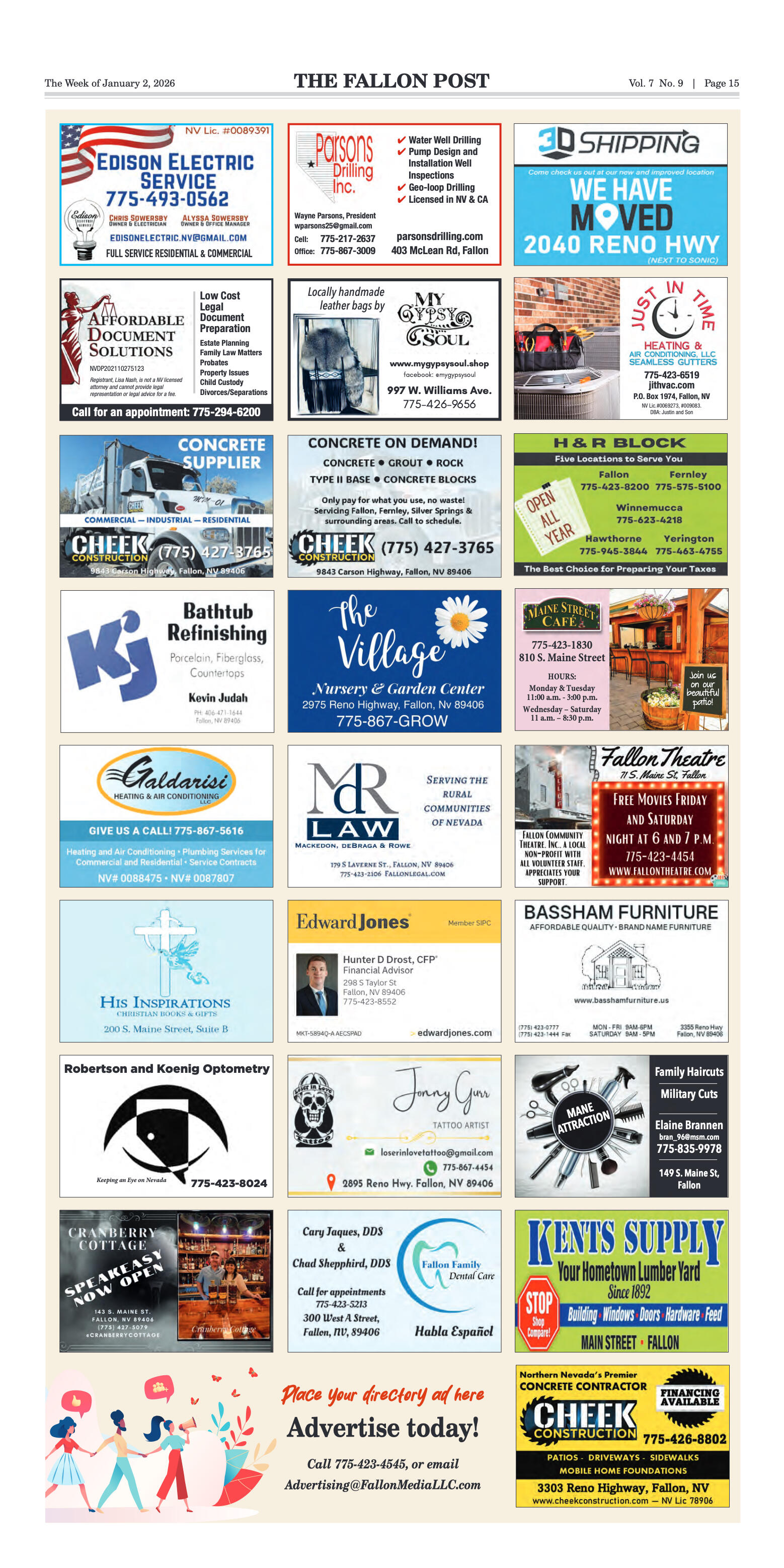
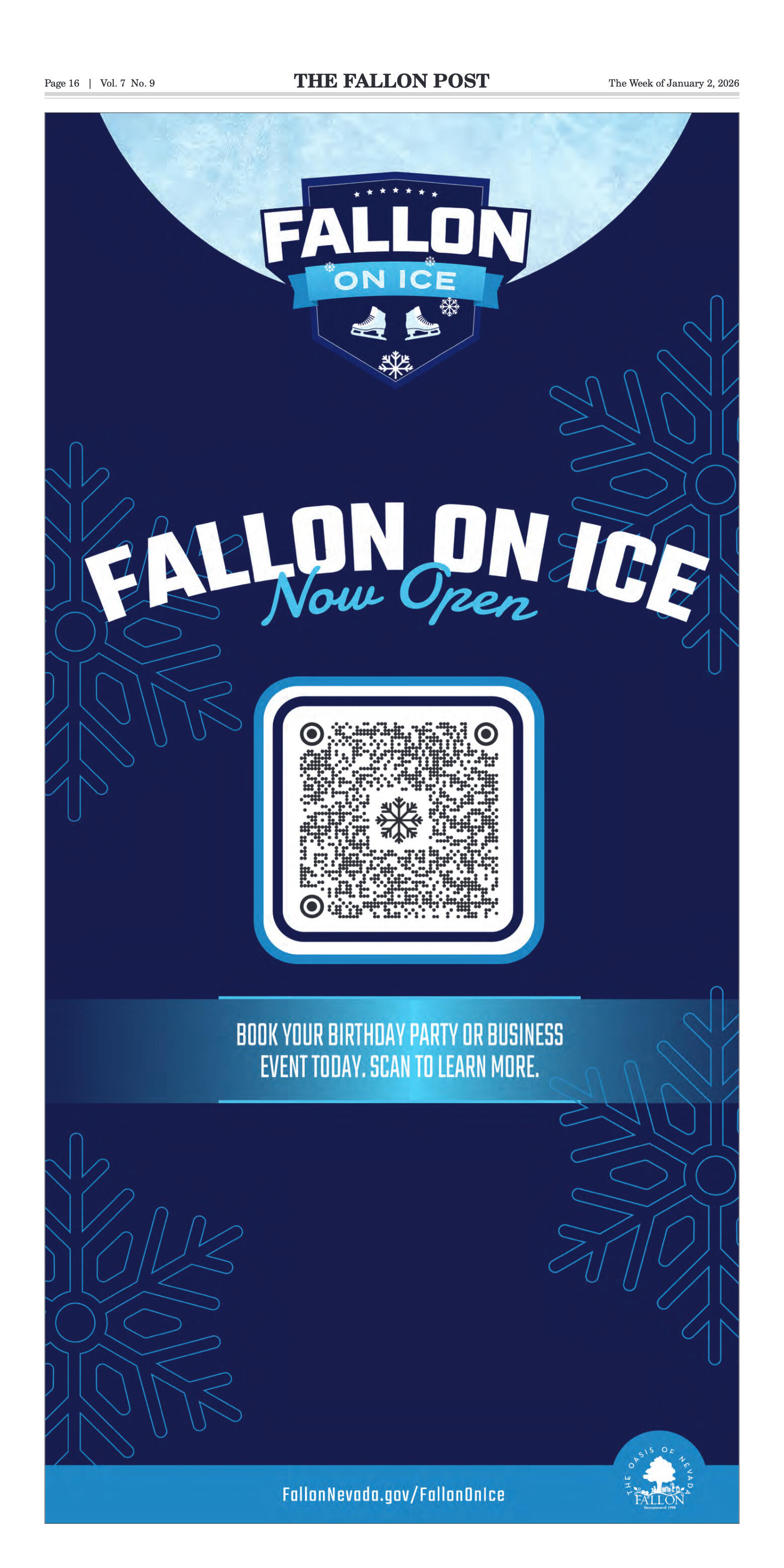

















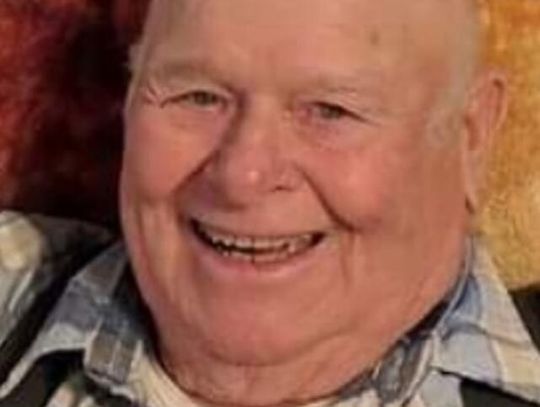




Comment
Comments